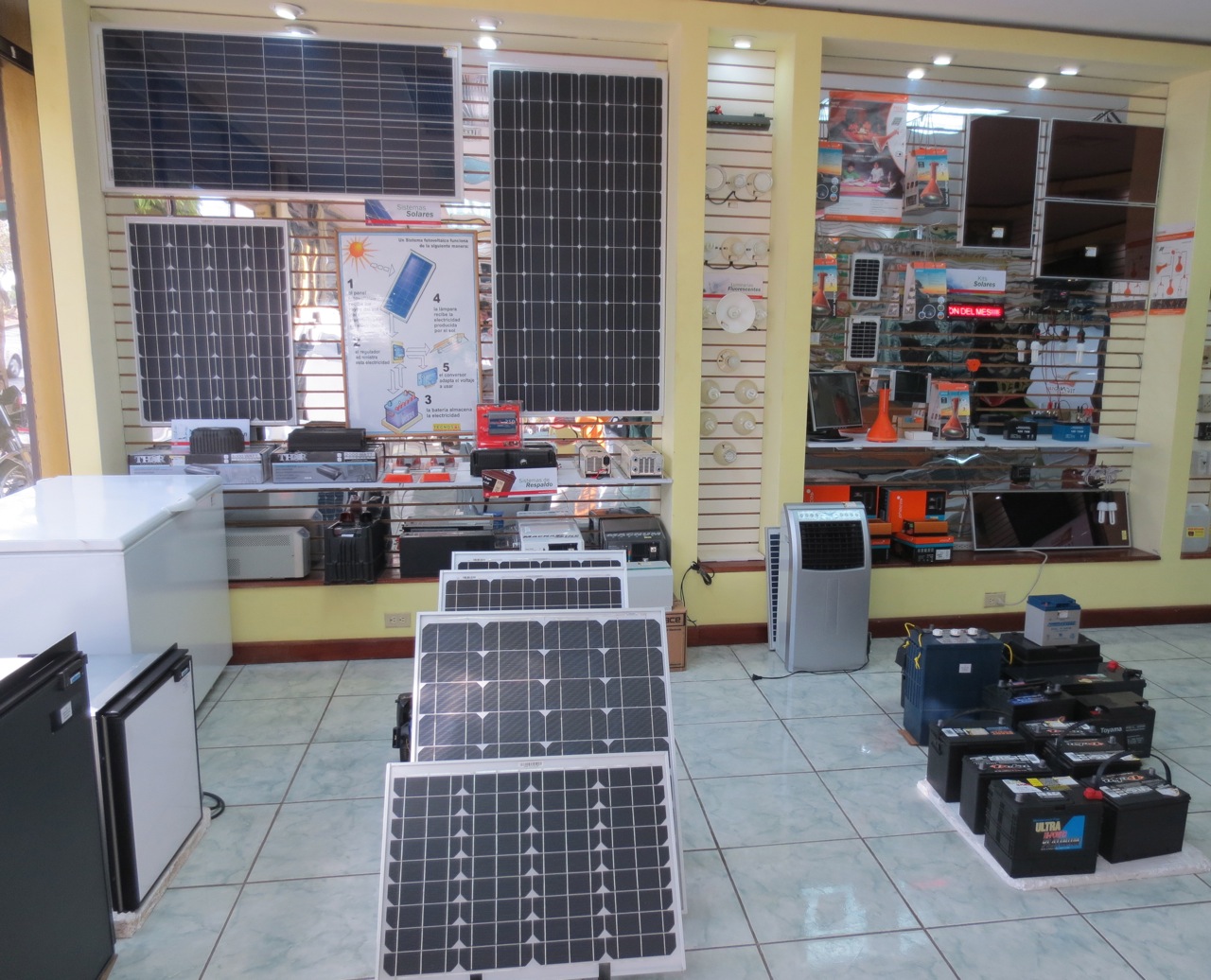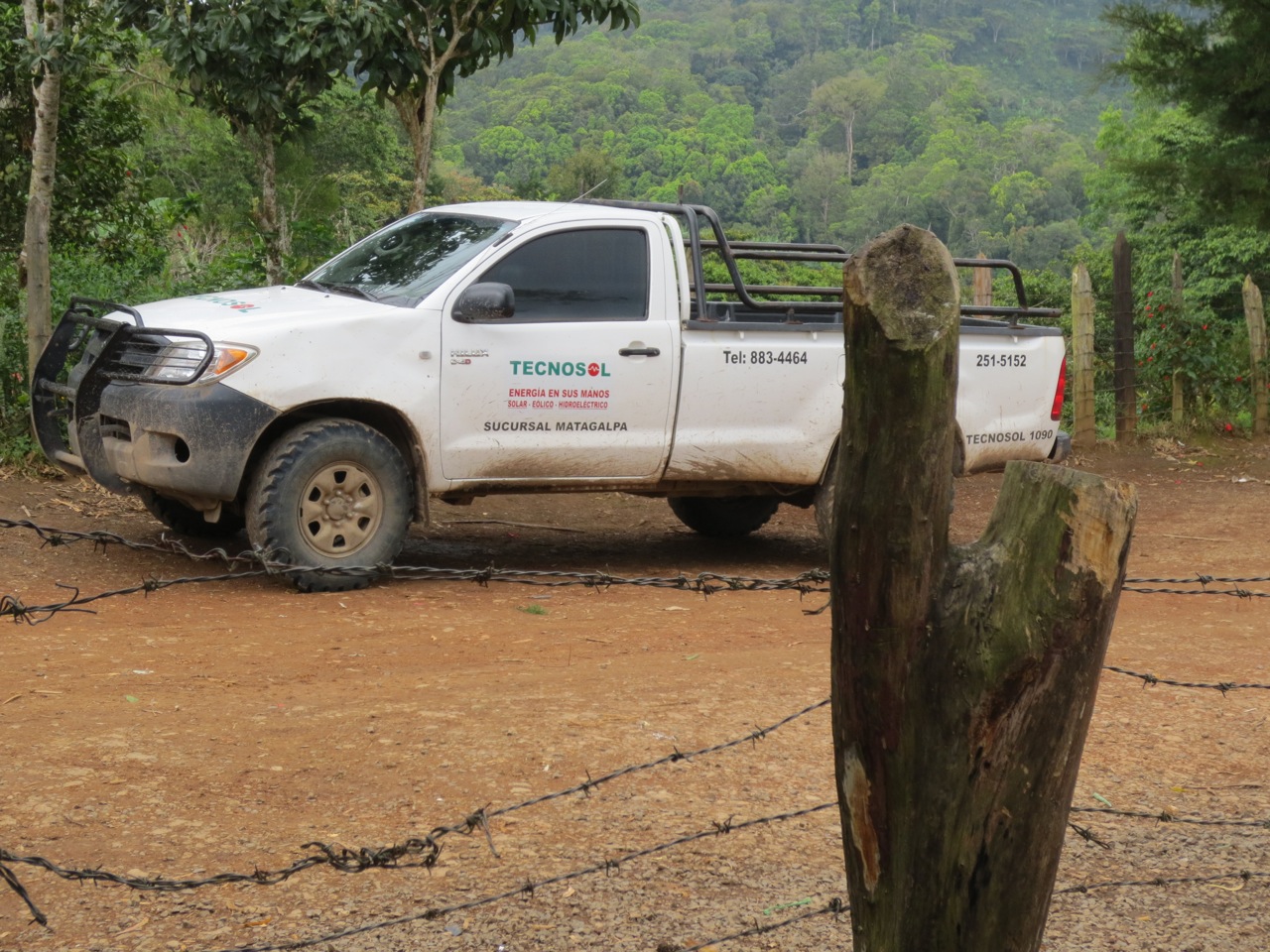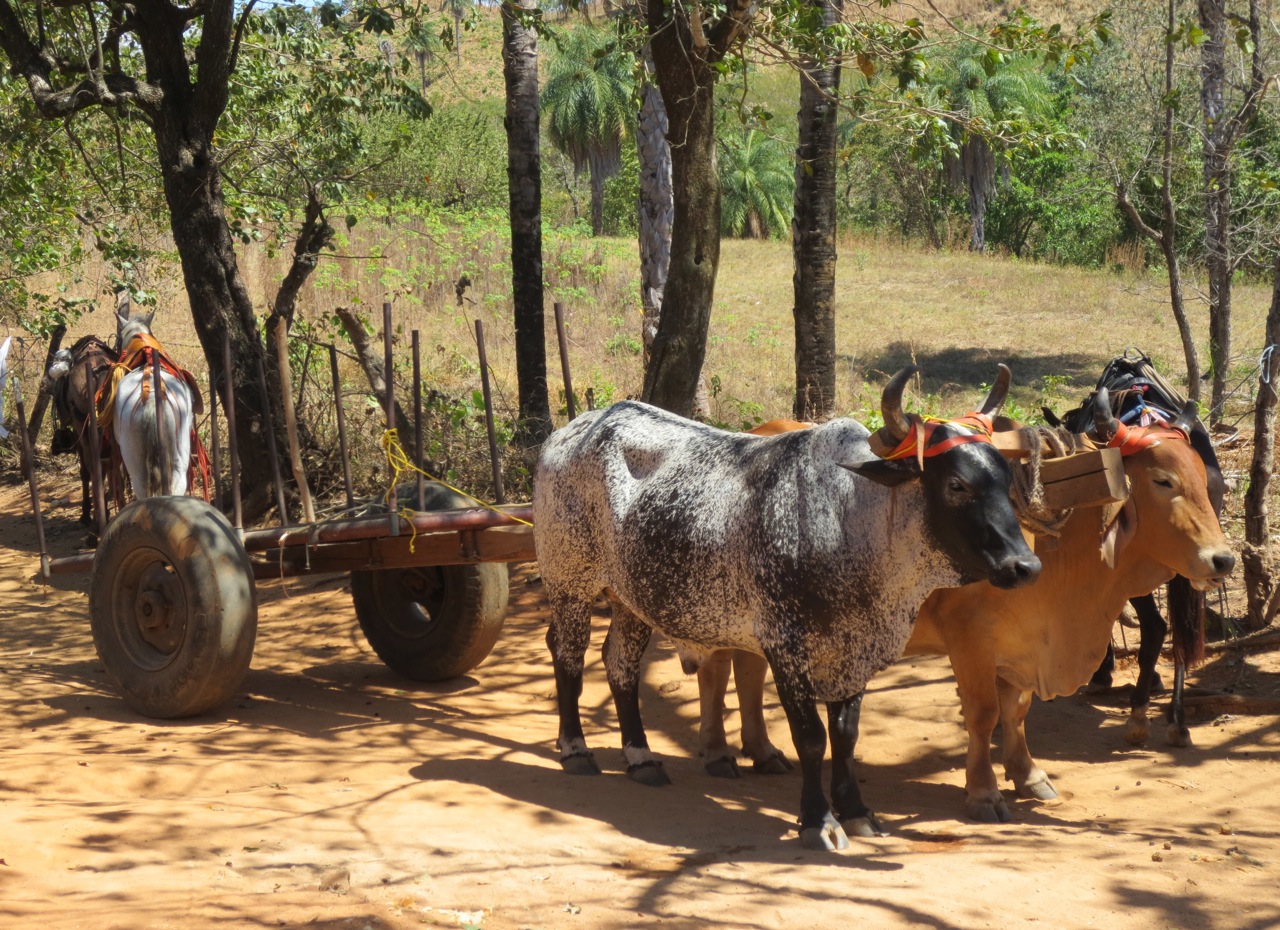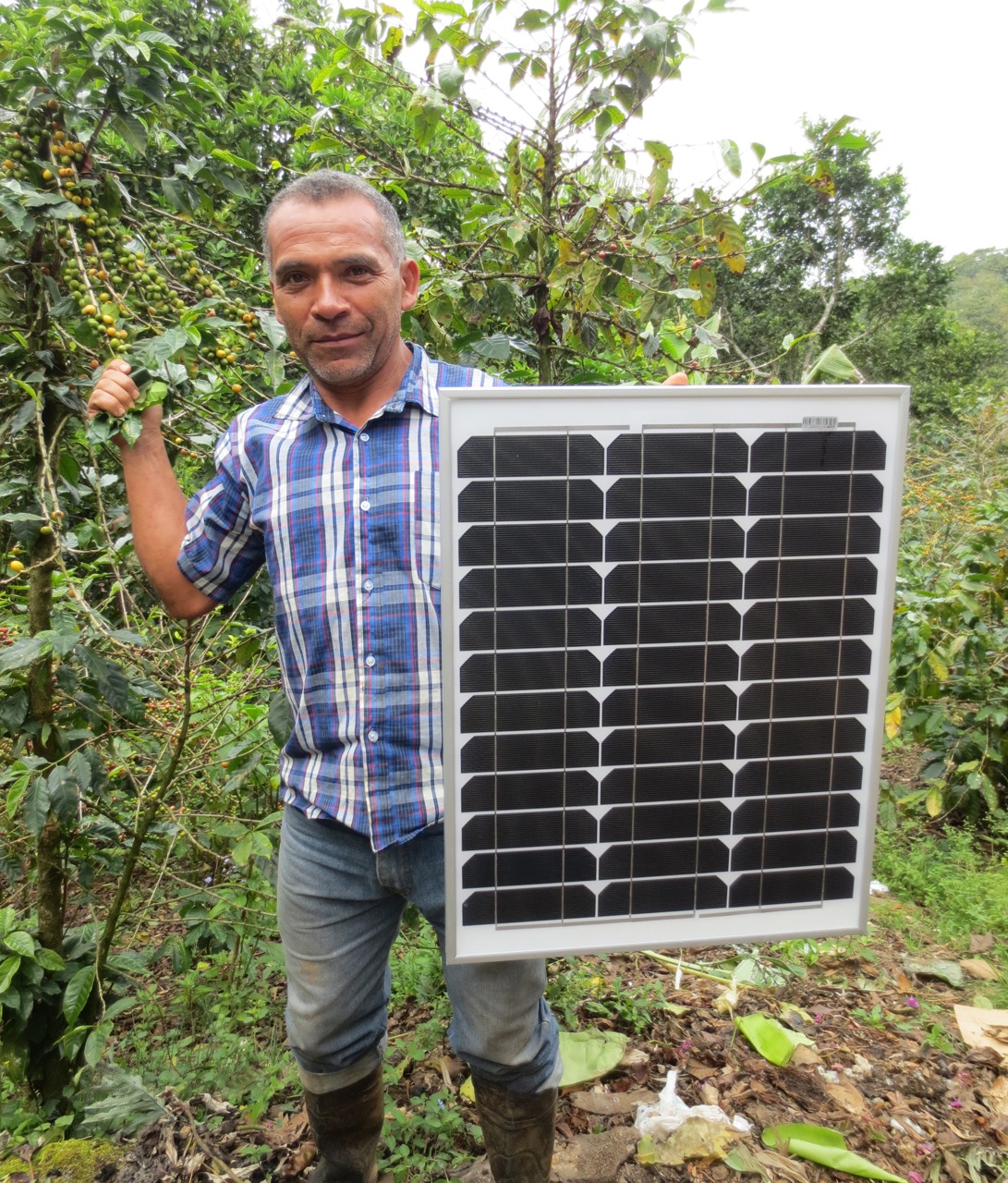Home • Microfinance • Article
Renewable Energy and Microfinance: An Exciting New Partnership in Nicaragua
February 22, 2013
For a moment, think about what you do in a normal, everyday, 24-hour time period. Take a second; no rush.
Got it? Now imagine it without electricity.
I’m guessing a significant portion of your everyday activities would suddenly become impossible, extremely less efficient, or flat-out uncomfortable. Sure, you could probably go without some of the not-so-necessary first world luxuries, but what would the impact be to your ability to make a living or perform well in school? What about your basic quality of life?
My Kiva fellowship recently brought me to Nicaragua, the second poorest country in the western hemisphere, where approximately 75% of the rural population does not have access to grid electricity. A significant portion of my time in Nicaragua will involve working with an exciting new partner named Tecnosol. Tecnosol is the Central American leader in the sale and installation of decentralized renewable energy sources, including solar, wind, hydro, and biogas.
Tecnosol has received well deserved international recognition for their achievements. Tecnosol's founder was named Social Entrepreneur of the Year for Latin America in 2010 by the Schwab Foundation as part of the World Economic Forum. The company received first place in the Ashden Awards for Sustainable Energy, and was also recognized by the IDB for Excellence in Business Development at the Inter-American Forum for Microenterprise in 2010.
 Inside Tecnosol's office in Managua, Nicaragua
Inside Tecnosol's office in Managua, NicaraguaThere is a high demand for renewable energy products in Nicaragua, especially among remote populations that are unreached by the country’s electric infrastructure. Despite the need, however, Nicaragua’s vast low-income population simply cannot afford the up-front financial cost of these systems. That’s where Kiva comes in.
Kiva is partnering with Tecnosol to provide a funding source for micro-loans. These loans will bring Tecnosol’s solar energy technology to people who would otherwise lack the economic capacity to obtain it. This exciting new partnership has a tremendous potential to change lives and help the environment, all at the same time!
At this point, I have only been working with Tecnosol for two weeks and have already spent a significant amount of time in the field. Tecnosol is strategically identifying rural towns throughout Nicaragua that have a potential demand for obtaining solar equipment via Kiva loans. Since the target market is “off the grid,” it goes without saying that we are traveling to some pretty remote places. We are hosting community meetings everywhere we go in order to introduce Tecnosol’s solar energy products and explain Kiva’s role in the credit process. So far we have experienced a lot of interest in the opportunity given the inherent demand for energy, Tecnosol’s reputation for quality, and the low rate of interest Tecnosol charges to cover costs in comparison to the market rate for target clientele.
 Our off-road transportation
Our off-road transportation Alternative transportation if the truck breaks down
Alternative transportation if the truck breaks downThrough my field experiences and conversations thus far, I have found that people in these remote areas are currently obtaining illumination via various inefficient sources, including candles, firewood, and kerosene. According to Tecnosol, approximately 500,000 households in rural Nicaragua use kerosene lamps as their primary light source. Kerosene use is expensive, poses a fire hazard, and is plagued by numerous adverse health and environmental effects. Kerosene emits pollutants into the air, and research out of Brown University has called kerosene fumes a “significant contributor to respiratory diseases.”
In my experience, I have learned that kerosene costs somewhere in the ballpark of $1.27 per liter. Usage volume obviously varies depending on the household, but I have found that 3/4 of a liter per day is a good general average. This means that a solar home system has the potential of saving a household around $350 a year, which is a significant amount of money for low-income families. Considering Tecnosol offers solar systems starting around $500, this savings alone can provide a means to help borrowers pay off their loans within a couple years.
 The team for the first community meeting
The team for the first community meetingKiva’s partnership with Tecnosol also has the ability to create sustainable economic opportunity where it previously didn’t exist. By simply having a solid, dependable light source, people are empowered with the capability of being more productive during the evening. Business owners can extend their store hours or make products to sell during the day. They can also hold meetings or spend time on administrative work, both of which could take away from their income generating ability during the day. Solar energy can also provide power for things like refrigerators and cell phones. Refrigerators can financially help stores and restaurants by allowing them to cut down on waste and sell items they couldn’t otherwise carry. Given the availability of signal, cell phones have an obvious advantage from an efficiency perspective.
In terms of education, kids would more easily be able to complete homework assignments and read during evening hours. This removes a barrier that could hinder learning and eventual success in life.
All else aside, there is also the intangible “quality of life” factor that shouldn’t go without being mentioned. Think about what you do after a long day of work or school. Individuals I’ve met dream of using electricity to improve quality time with family, listen to music, watch movies, and power community centers and churches.
 A potential borrower I met during our first community meeting
A potential borrower I met during our first community meetingI met Paul (photo above) during our first community meeting. He is a coffee farmer that currently provides for his wife and three grandchildren. He is interested in obtaining solar panels for his home in order to provide a better quality of life for his family. The illumination will give his grandchildren the ability to complete their schoolwork in the evening and he looks forward to listening to the radio with his wife. The solar energy will also allow him to charge a cell phone, which will help with his business and facilitate his communication with the organization he sells his harvest to. Each night he is currently burning candles that cost 70 cents in total. As such, the approximate $250 he will save each year can be used towards paying off his loan. Similar to most coffee farmers, the money he makes is seasonal based on the timing of his harvest. As a result, with a Kiva loan he will be able to obtain the equipment in advance and tailor his repayment schedule to match the timing of his income stream.
For people who can’t afford the up-front cost of renewable energy equipment, a Kiva loan can unlock the potential to sustainably increase income, save money, assist learning, help the environment, and improve health.
Want to help? We are still working very hard to get the first Tecnosol loans posted on kiva.org. Check back in the coming months to be among the first lenders to participate in this exciting new opportunity to empower people with clean, renewable energy!
Want to learn more about Tecnosol? Click here for the link to their website.
PREVIOUS ARTICLE
Passport Series: Kiva success stories from the heart of Tajikistan →NEXT ARTICLE
Kiva partner Strathmore University hosts hackathon to promote safe, peaceful Kenyan elections →













